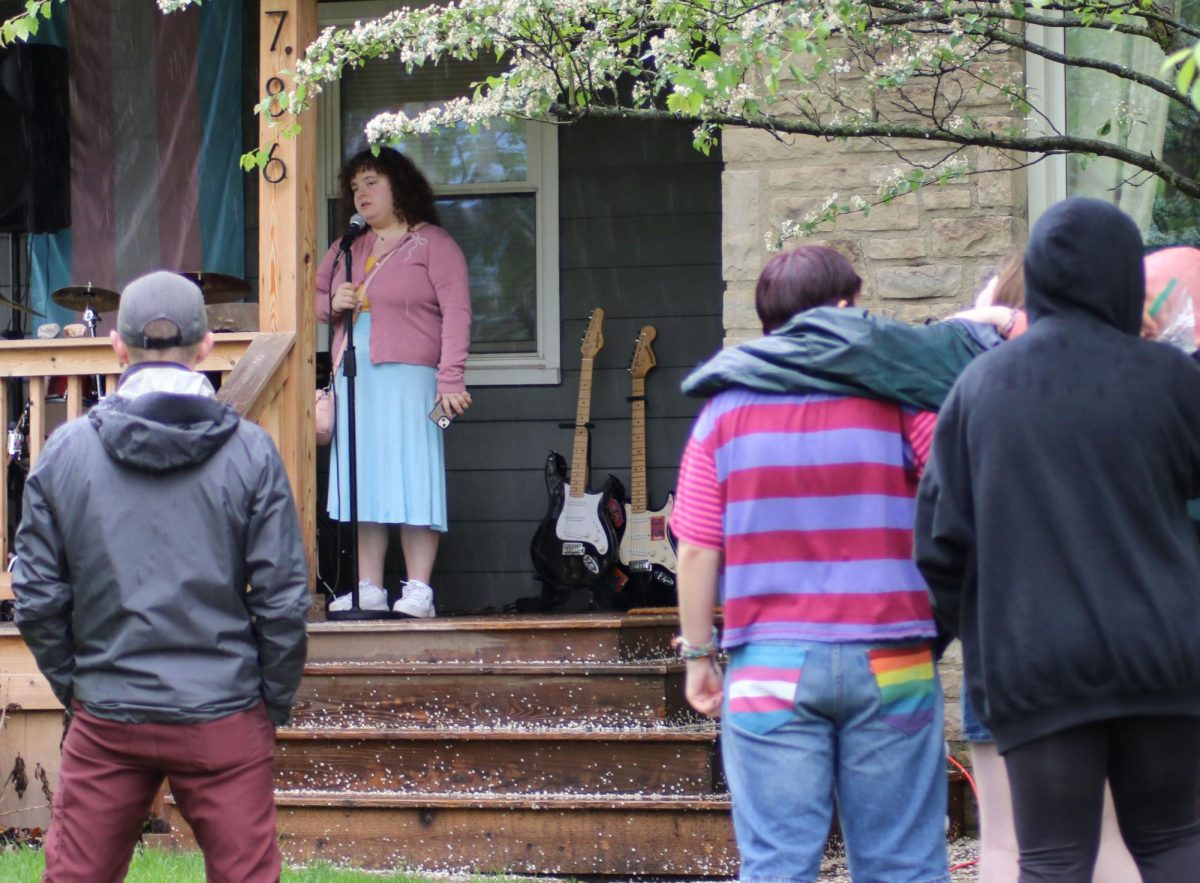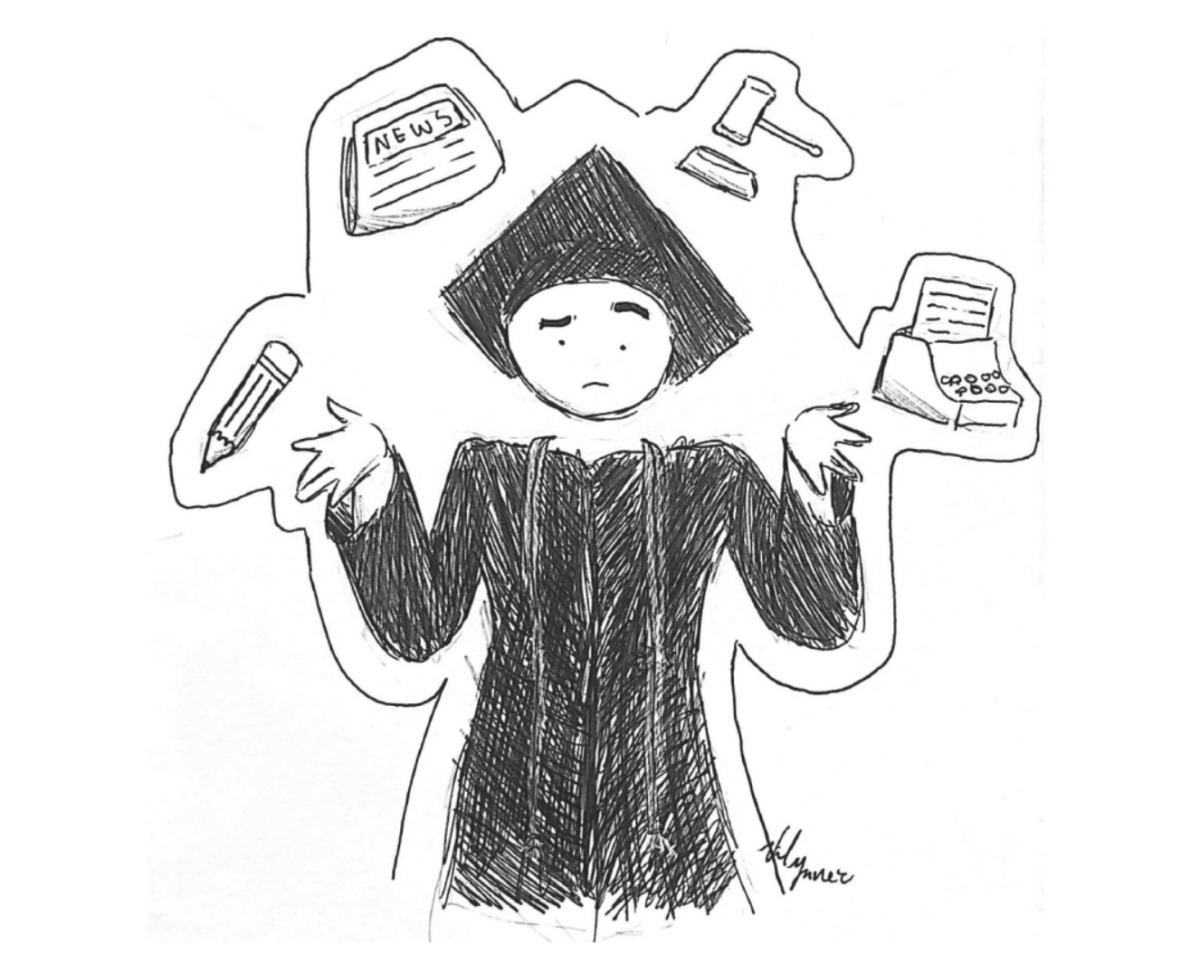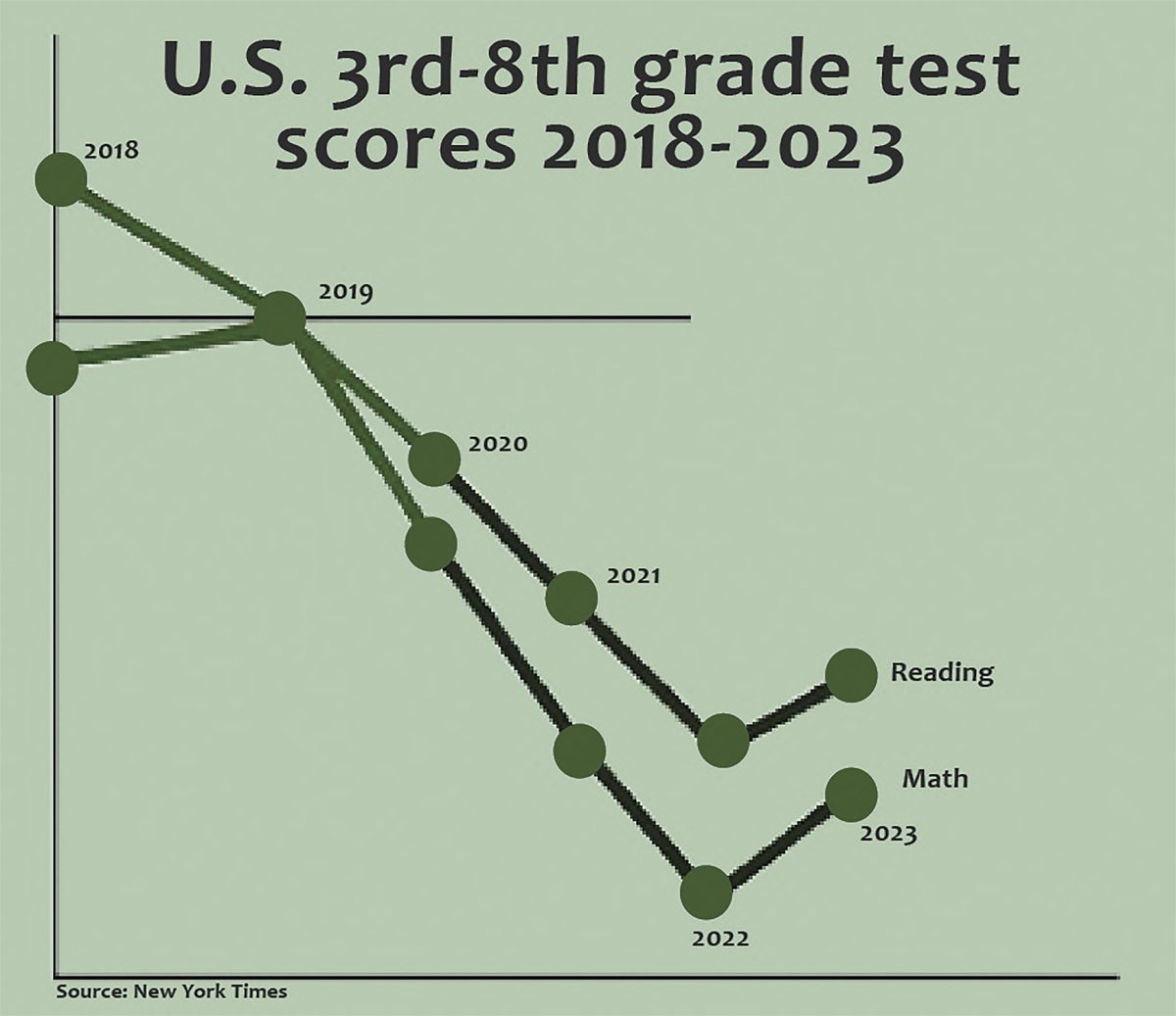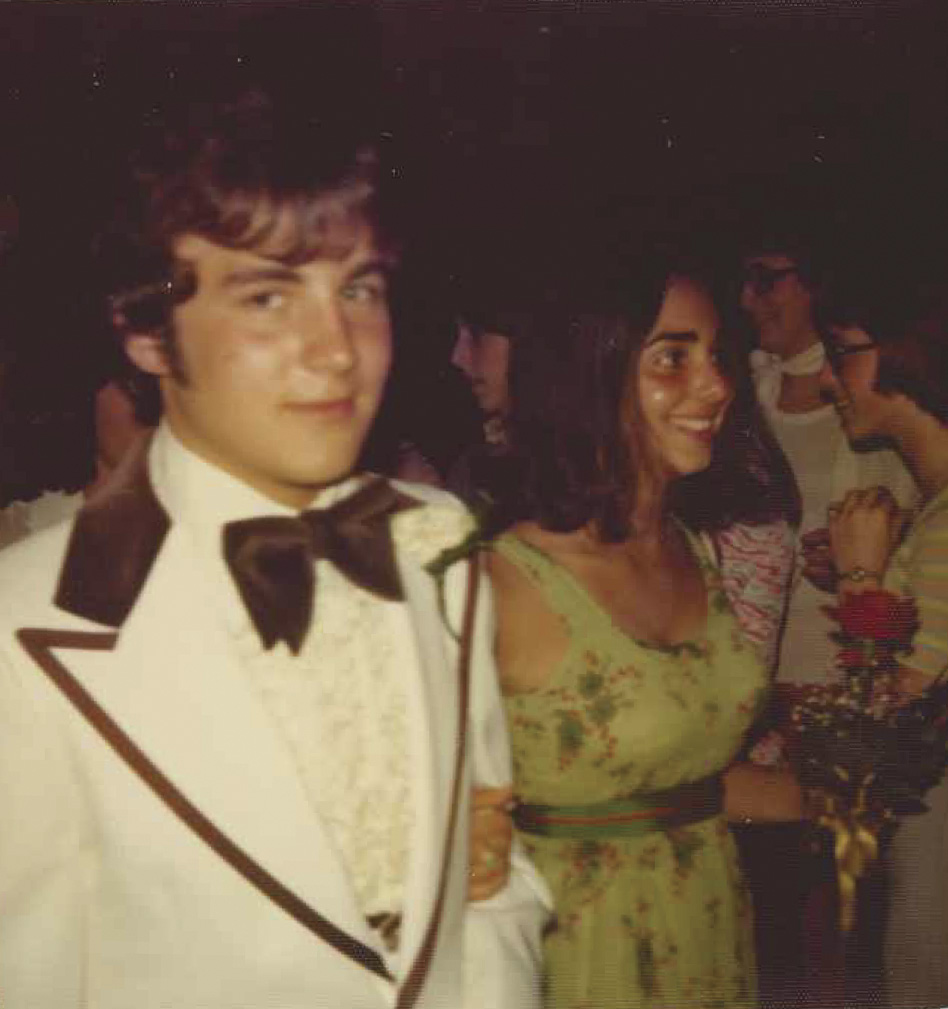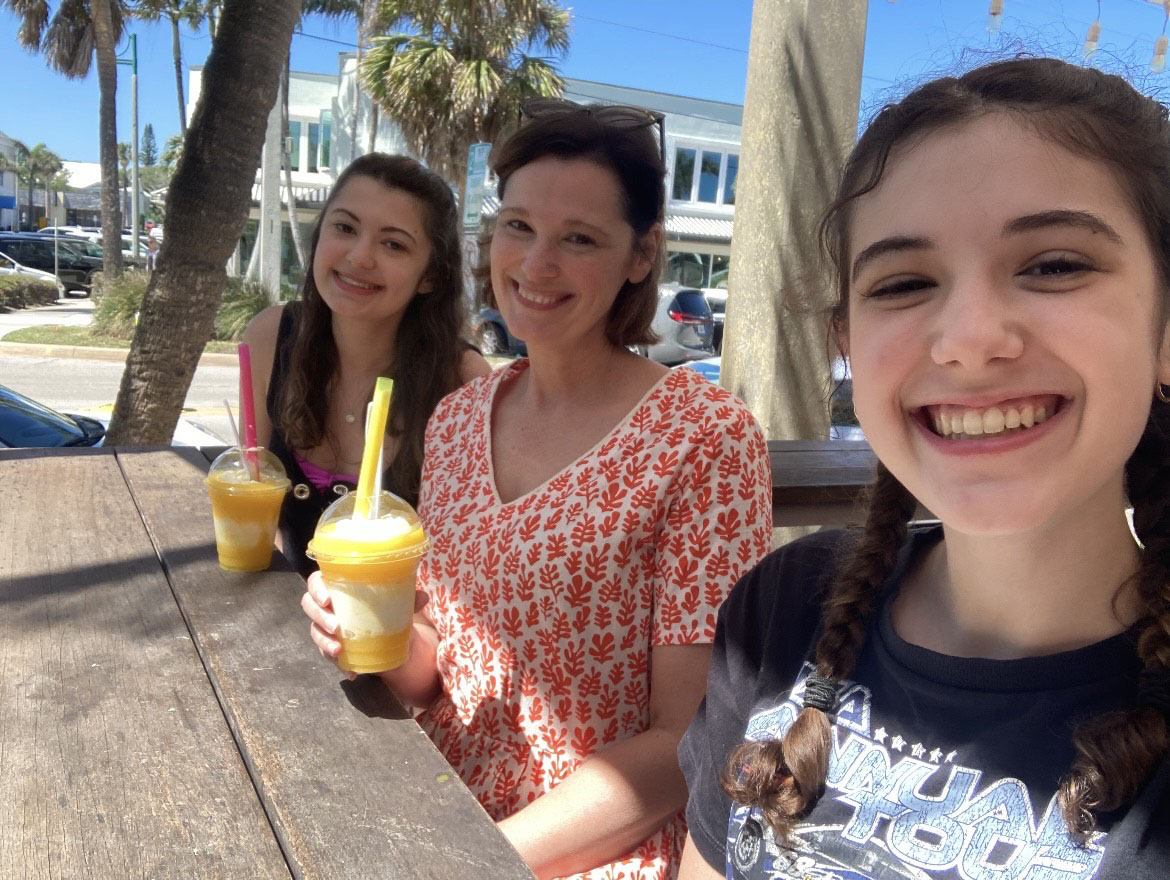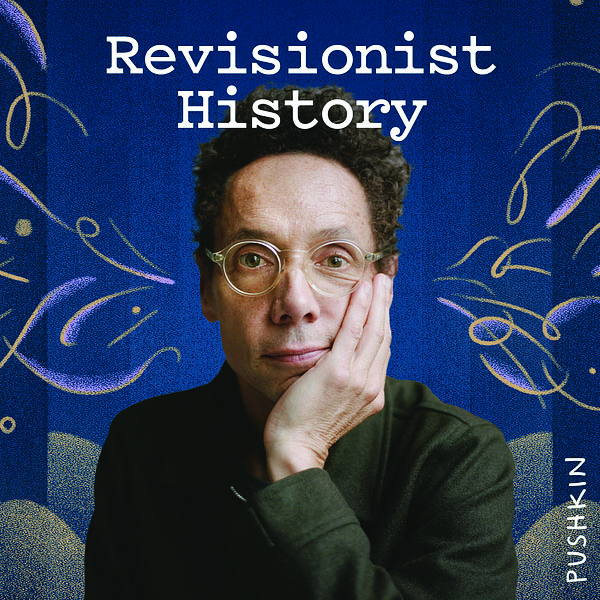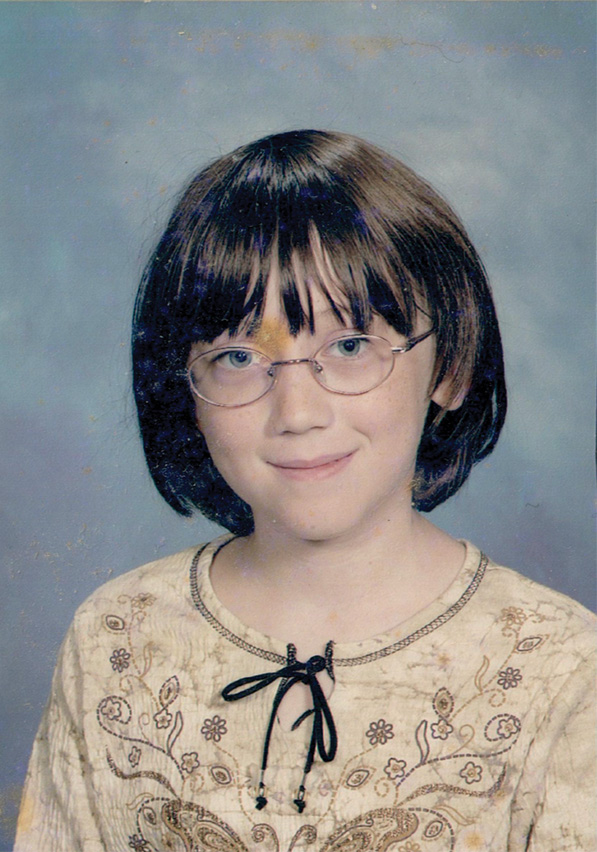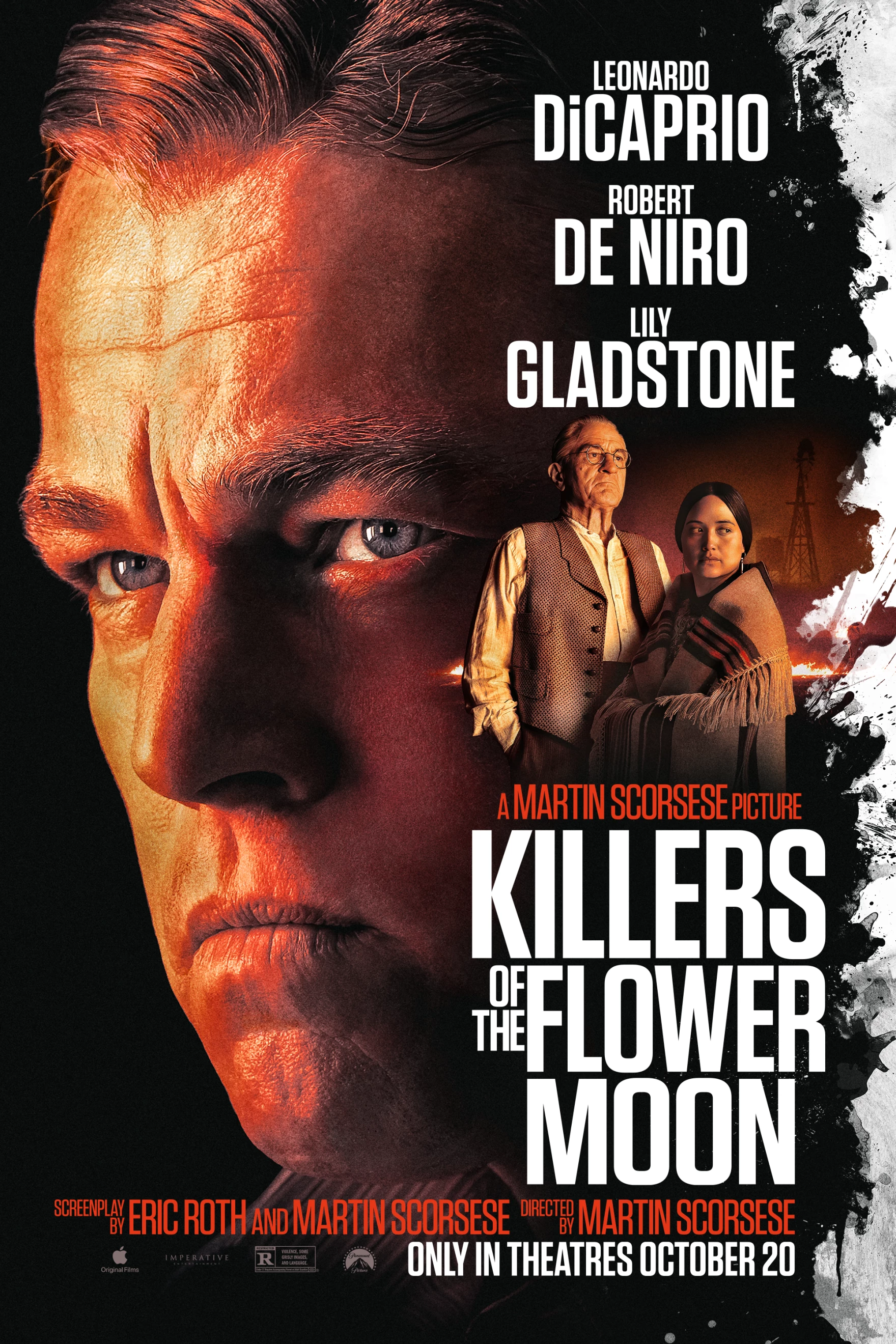
“Killers of the Flower Moon” is a worthy addition to Martin Scorsese’s already impressive repertoire. The movie features stars such as Leonardo DiCaprio and Robert De Niro, and an especially captivating performance by Lily Gladstone.
The movie is a retelling of the Osage murders, a series of killings in the 1920s. The Osage Nation, a Native American tribe in Oklahoma, became extremely wealthy when oil was discovered under their land in the early 1900s. The movie tells the story of the Osage, who were systematically slaughtered for their oil fortunes.
The movie’s three-and-a-half hour runtime could make the watch seem arduous, but the length provides appreciated depth. The length of the film allows Scorsese to take his time, making each scene feel intense and realistic, and making the conclusion feel much more satisfying. At times, it feels like the dialogue is an actual conversation; the pauses and cadence feel more natural than a typical movie.
The performances by DiCaprio, De Niro and Gladstone stand out to me in particular. Ernest Burkhart (DiCaprio) is fully involved in the sinister happenings in the Osage Nation, but he is manipulated by his uncle throughout the movie. DiCaprio’s portrayal is perfect, as it allows the audience to hold onto some hope for his character. It’s not common to see DiCaprio play vulnerable characters, but he portrays this demeanor flawlessly.
De Niro’s role as Ernest’s manipulative uncle is also done extremely well. He is evil and two-faced, and after watching the movie, I can’t imagine anyone else in this role.
The greatest performance, however, comes from Gladstone as Mollie Burkhart, a member of the Osage Nation who Ernest marries for her fortune. Her role is complex and emotional, and Mollie’s grief and sorrow are illustrated by Gladstone as if she felt it herself. The role must be played in a way that the audience can’t guess what Mollie is thinking at any moment, but still has to evoke pity, and Gladstone nails it.
The cinematography and soundtrack of the movie are beautiful. For example, the music and camera work in one of the opening scenes when the Osage strike oil is unmatched. The mood created by the cinematography gave the entire movie an intense feeling that everything could go wrong at any given moment.
Overall, it’s important that the story of the Osage murders is retold in a way that captures the devastation brought upon the affected families and communities, especially because the Osage perspective has been glossed over in previous retellings. The movie as a whole asks the audience to ponder the way we share history and who should have the right to tell it, especially with topics as sensitive as the mass murder of Osage Native Americans. While I enjoyed the film, the movie is directed by one of the most established names in cinema, which is quite contradictory to the film’s theme of harmful storytelling.
The ending leaves the viewer feeling shocked and introspective, and even though it’s a long sitting to reach the credits, I’d certainly recommend taking the time to watch “Killers of the Flower Moon.”

